The Evolution of Luggage: A Timeline
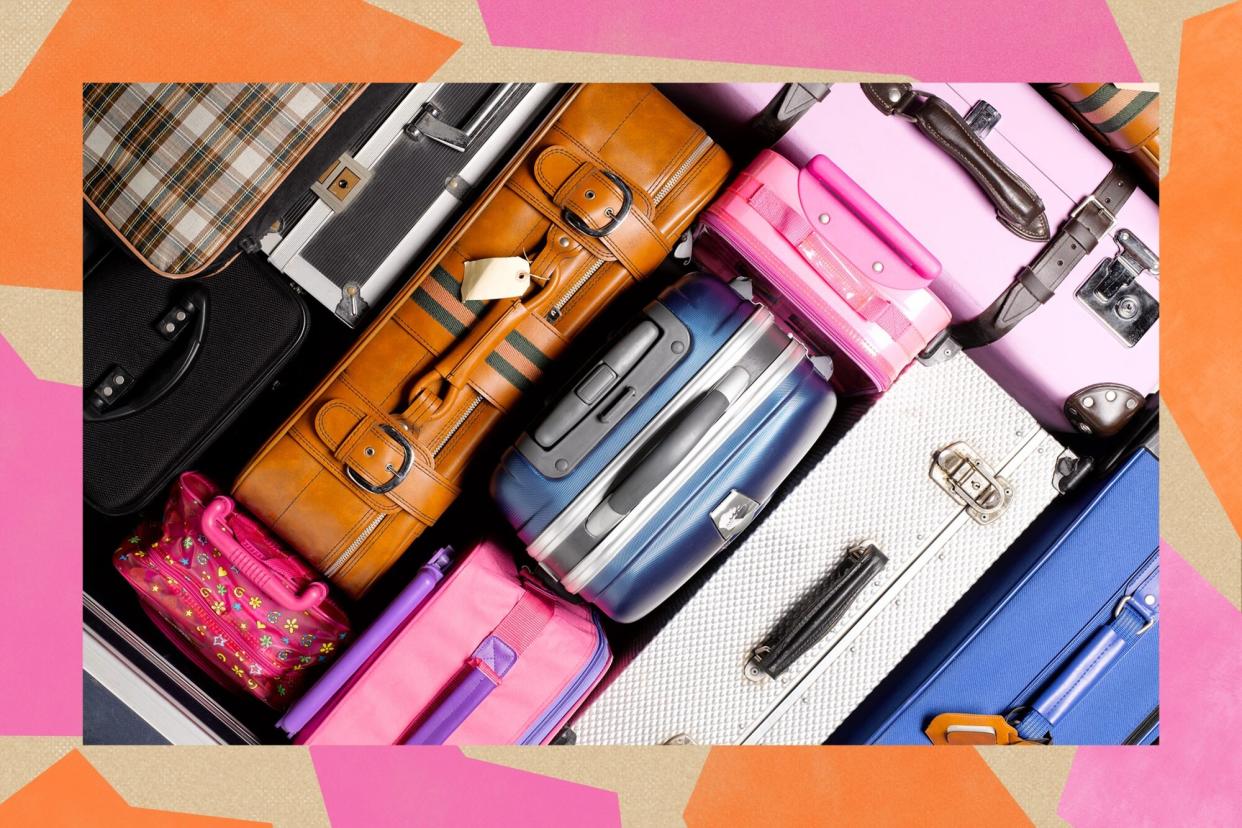
Peter Dazeley/Getty Images
From leather steamer trunks that dominated the luxury travel scene in the 19th century to today's sleek spinner suitcases that you can easily shop both on Amazon and through chic direct-to-consumer brands, it's no secret that luggage has evolved dramatically over the years.
Modern updates like 360-degree spinner wheels, expandable zippers, and interior organizational pockets have made packing more manageable, traveling through airports easier, and maneuvering through city streets more accessible. Below, we've outlined the evolution of luggage in the U.S., covering everything from the first rolling suitcase to the market's most popular backpacks for business travel.
Related: Airline Carry-on Luggage Size Restrictions: What You Need to Know
Keep reading for more on how luggage has evolved over the years.
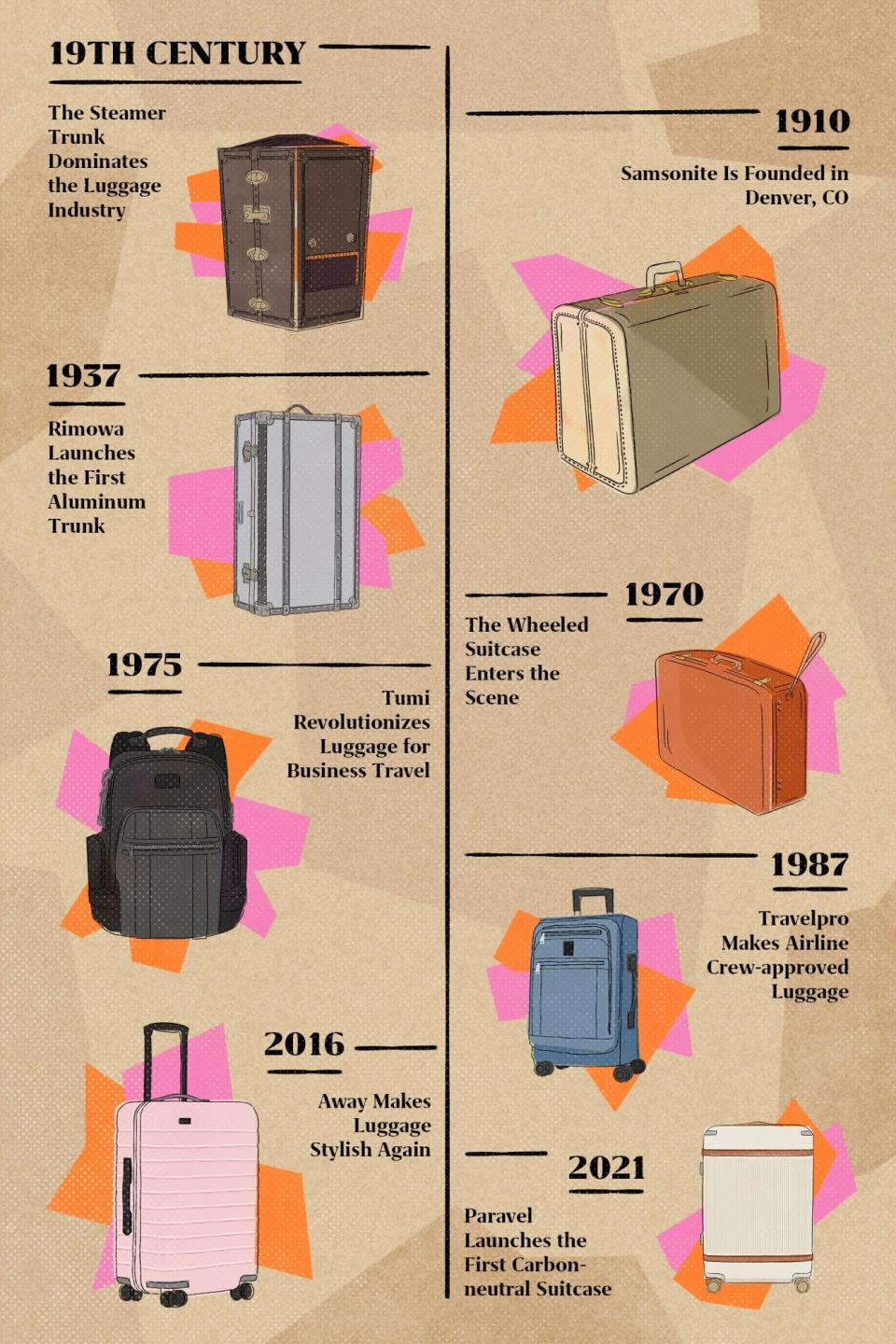
Courtesy of Emily Lundin
19th Century: The Steamer Trunk Dominates the Luggage Industry
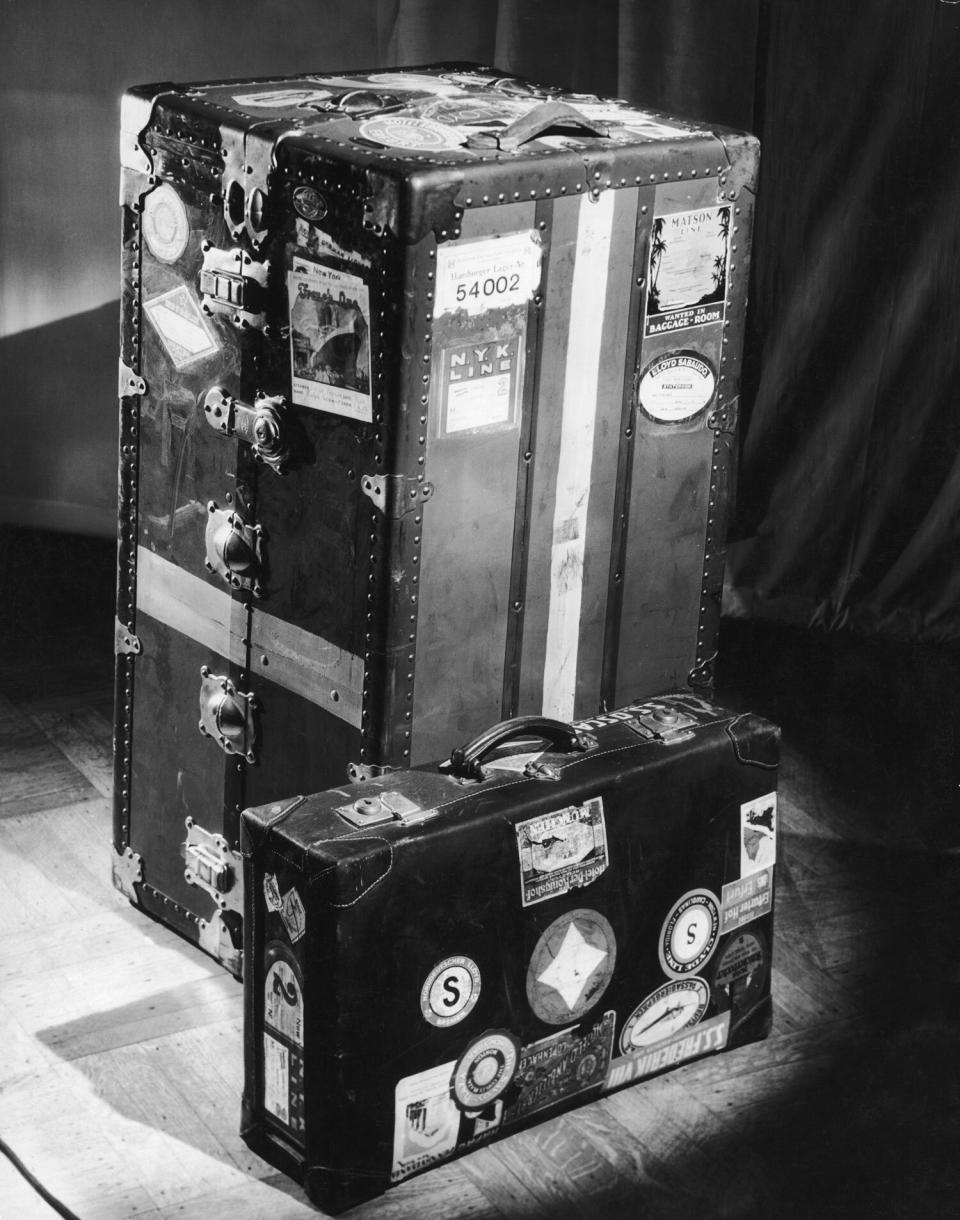
Hulton Archive/Getty Images
Long before wheeled suitcases, not to mention expandable roller bags with 360-degree spinner wheels, steamer trunks were the most common form of luggage. While they weren't easy to maneuver, these cases, often made from leather and wood, were spacious and ideal for long journeys. They were designed to fit in the cargo hold of ships versus today's luggage that's meant to traverse both busy airports and cobblestone streets.
1910: Samsonite Is Founded in Denver, CO

Samsonite was founded in 1910 in Denver, CO, by Jesse Shwayder, who served as the company's president until 1960. For years, the brand was at the forefront of design for non-wheeled suitcases; for example, it introduced the Ultralite suitcase in 1956, "the first luggage to move away from wooden box construction in favor of a revolutionary 'jet age' magnesium — the lightest, strongest, structural metal known at that time," according to a representative from the brand. With other launches, like the Saturn suitcase in 1969, made from polypropylene and supported by a molded shell, and the brand's first wheeled suitcase in 1974, Samonsite has continued to innovate over the years.
You'll still find plenty of sleek luggage from Samsonite today, including convenient spinner suitcases and soft-sided garment bags that make business travel a breeze.
1937: Rimowa Launches the First Aluminum Trunk

Although Rimowa was founded in 1898 making hardwearing wooden travel cases, the brand changed the luggage game in 1937 with its first aluminum trunk, giving travelers a luxurious new way to transport their travel essentials in style. Today, you can shop stylish and durable aluminum rolling suitcases from the brand, keeping the vintage style in mind with all the perks of modern luggage.
1970: The Wheeled Suitcase Enters the Scene
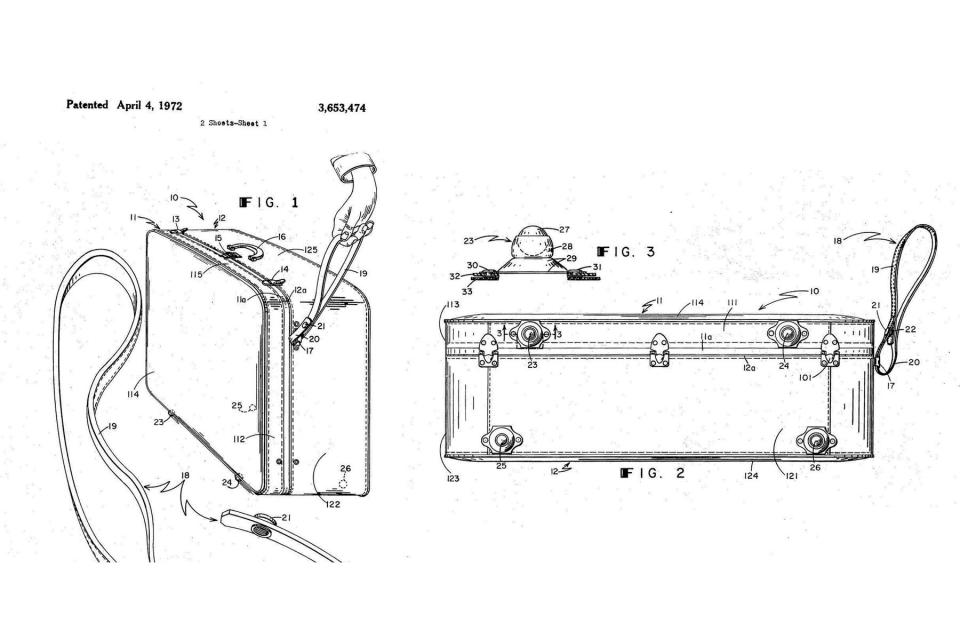
Courtesy of United States Luggage Company
The invention of the wheeled suitcase is widely credited to Bernard Sadow, who worked for U.S. Luggage, which is now part of the luggage brand Briggs & Riley. In 1970, Sadow, while on a Caribbean vacation with his family, noticed an airport employee carrying luggage on a rolling cart, thus inspiring putting wheels on his own luggage. When he returned to work, he put a set of ball casters on the bottom of a suitcase and attached a rope to the front as a handle. And so rolling luggage was born, patented in 1972 officially.
1975: Tumi Revolutionizes Luggage for Business Travel
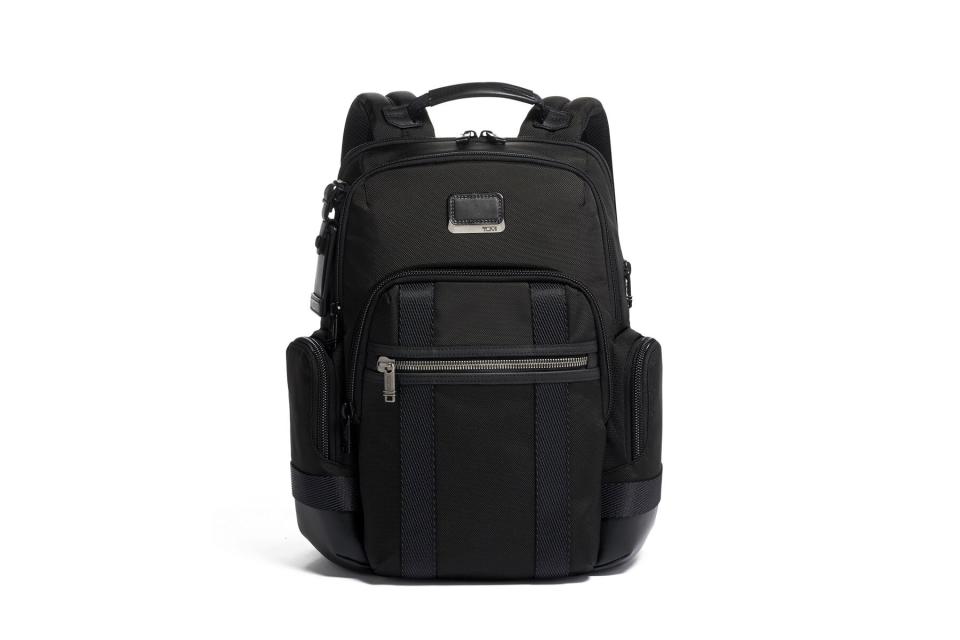
Courtesy of Tumi
Tumi came onto the luggage scene in 1975, with a particular focus on bags for international business travel. By the 1980s, Tumi had become known for its soft ballistic nylon travel bags similar to the staple business travel bags it makes today, including backpacks, garment bags, and softside suitcases.
In more recent years, Tumi has placed a new focus on sustainability, introducing new versions of some of its best-selling bags, such as a four-wheeled international carry-on and multi-compartment backpack made from recycled materials.
1987: Travelpro Makes Airline Crew-approved Luggage
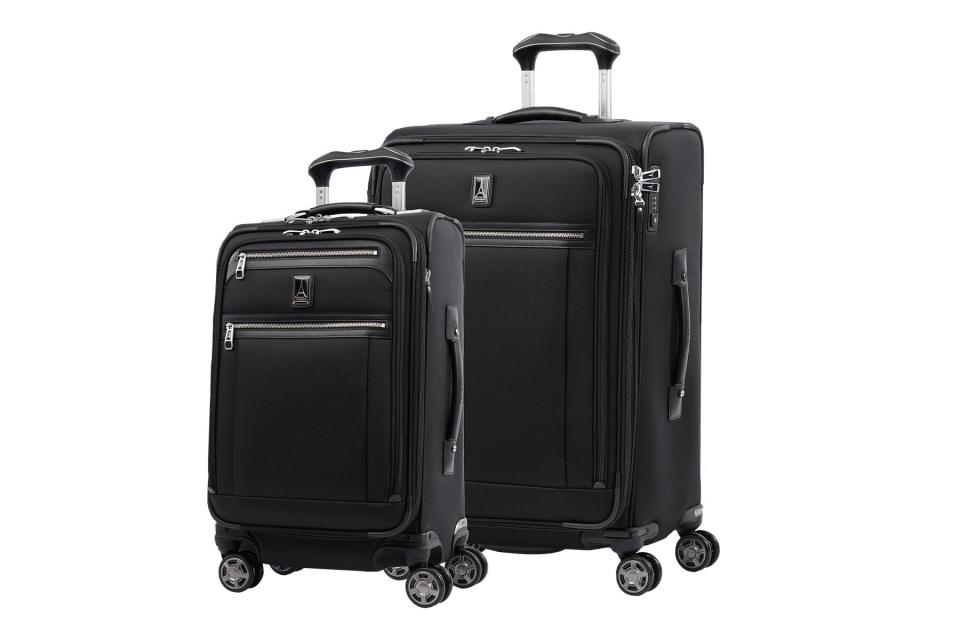
Courtesy of Travelpro
After its founding in 1987 by commercial airline pilot Bob Plath, Travelpro quickly became a favorite brand among flight crews. And it's no surprise why, since the brand's suitcases are both durable and easy to maneuver, especially through busy airports. After becoming frustrated with traditional luggage, Plath "knew there had to be a better way to travel, and soon invented a two-wheeled suitcase pulled upright by an extendable handle — the Original Rollaboard from Travelpro," the brand's chief growth officer Ofelia Silva said.
To this day, Travelpro values its relationship with flight crews to create luggage that any traveler can enjoy. "We work closely with airline partners to continuously learn from flight crews as we develop our professional collection," Silva said. "These insights are invaluable and can also be applied to our collections available for consumers."
2016: Away Makes Luggage Stylish Again
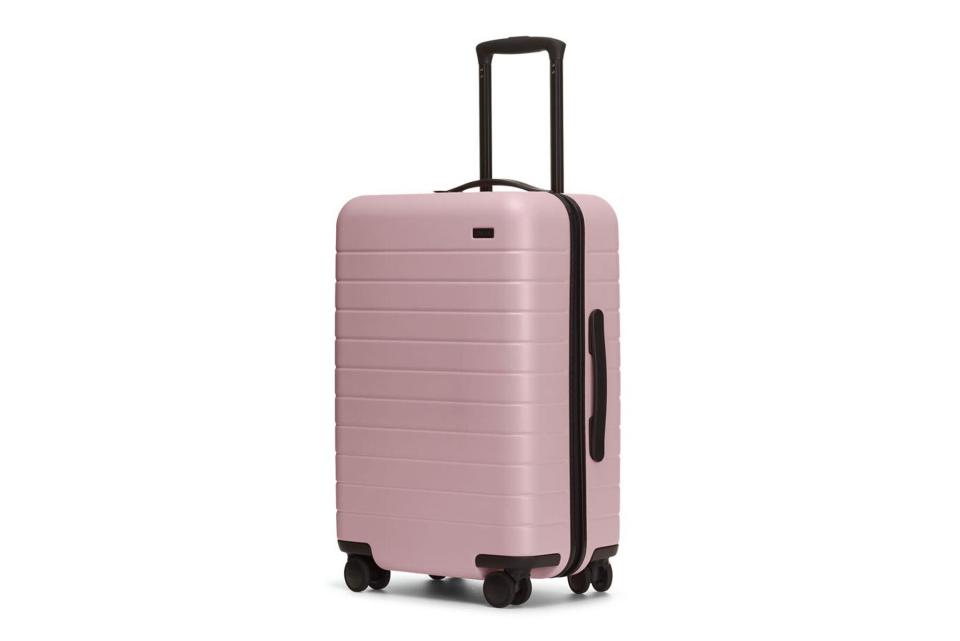
Courtesy of Away
When Away launched in 2016, it sought to address a gap in luggage market, where a brand could offer the "utility and style needs of a modern day traveler" according to the brand's chief design officer Cuan Hanley. Today, it's hard to pass through an airport without seeing the brand's sleek hardside luggage in an array of chic colors, from muted blue to blush pink.
One of the most revolutionary features on Away's luggage at the time was the built-in charging port and battery pack, allowing users to charge their devices on-the-go. The brand has since expanded to travel accessories, including packing cubes, ultra-convenient shoe cubes, toiletry bags, and more. And in addition to Away's classic hardside luggage, the brand has since expanded to a line of almost 200 items, and has sold nearly three million travel products in six years, Hanley said.
2020: Paravel Launches the First Carbon Neutral Suitcase
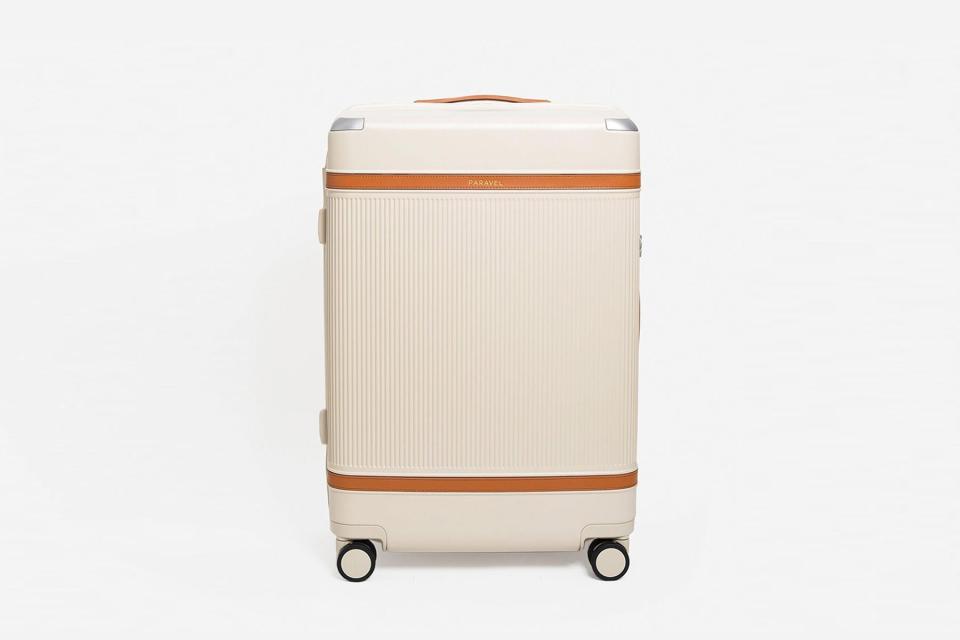
Courtesy of Paravel
When Indré Rockefeller and Andy Krantz founded Paravel in 2016, they set out on a mission out to create travel accessories that offer a timeless aesthetic while prioritizing sustainability. "Our goal was to reimagine the travel goods space, from companies providing utilitarian pieces that get you from point A to point B, to a platform offering inspiration, information, and product that reflect that values of the increasingly conscious traveler who prioritizes thoughtful construction, timeless design, considered materials, and perceived value, " Rockefeller said.
Their environmental-minded approach paid off, since the brand made the world's first carbon-neutral suitcase in 2020. Made from materials like recycled water bottles, vegan leather, and recycled, aviation grade aluminum, the brand's luggage is just as functional as it is stylish. "Most importantly, we made the Aviator suitcase 100 percent carbon neutral by offsetting all the carbon emission generated from creation, manufacturing, transportation, freight, and consumer shipments, end to end," Krantz said.

